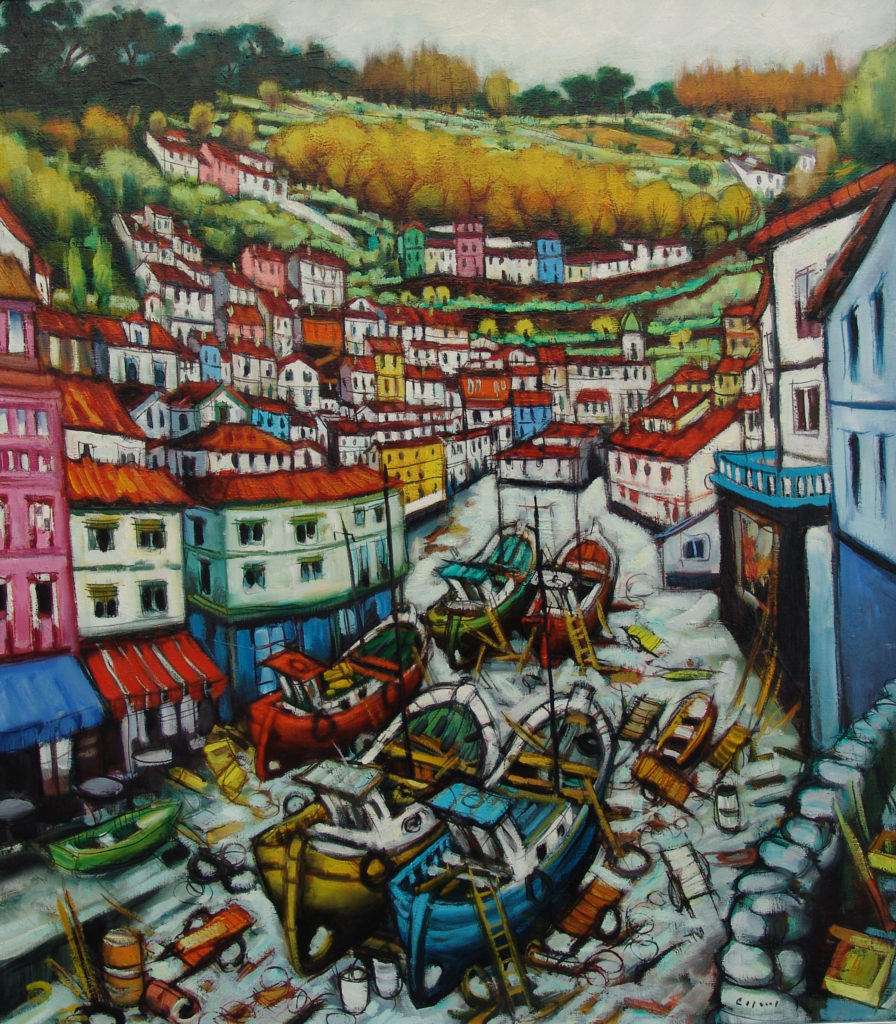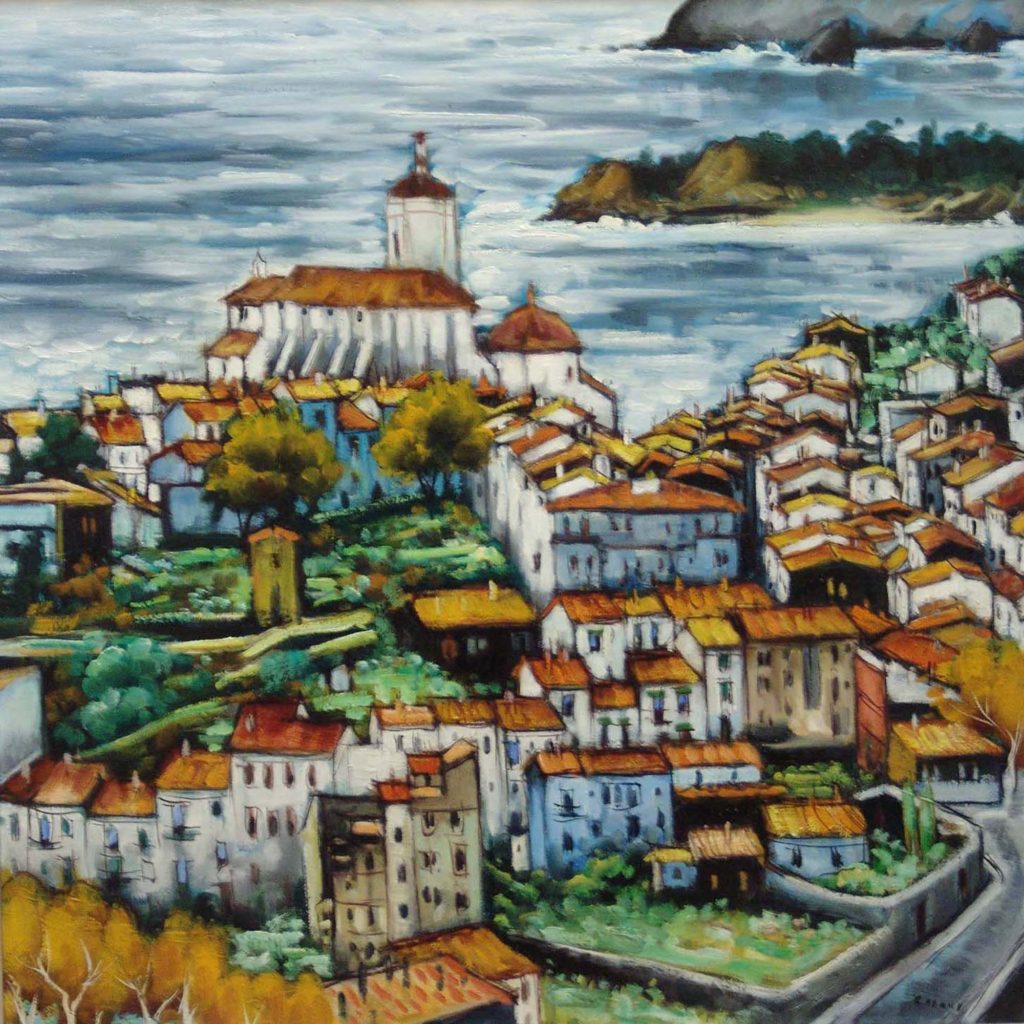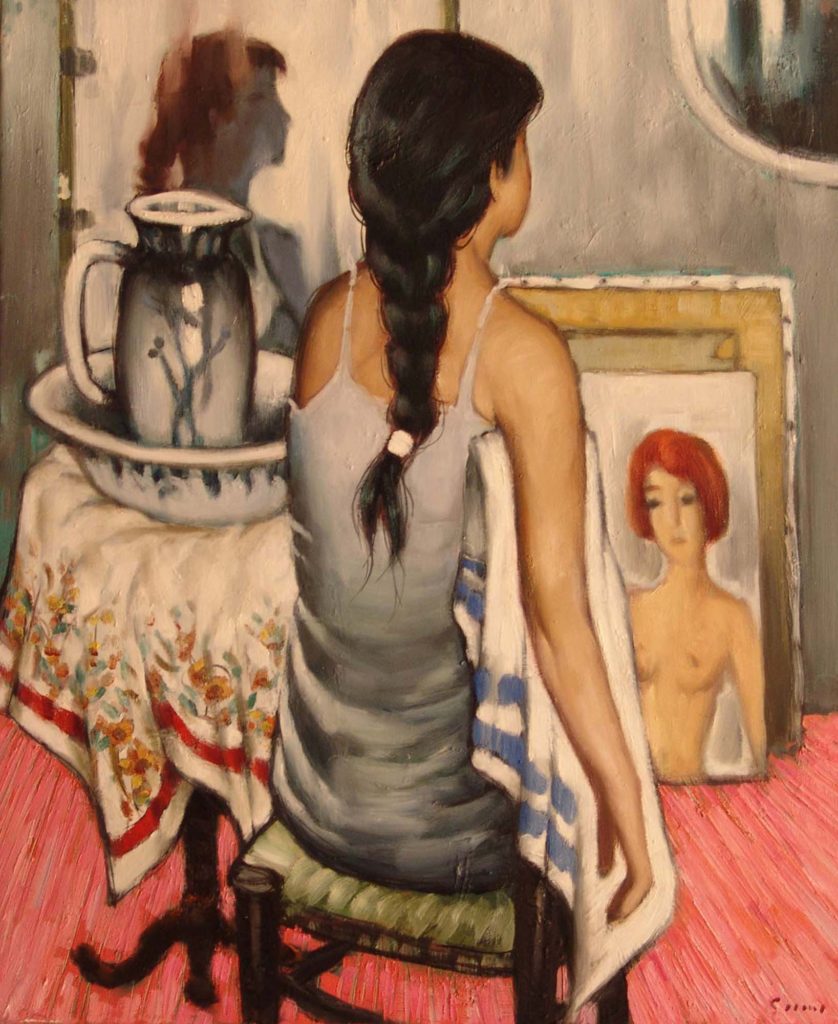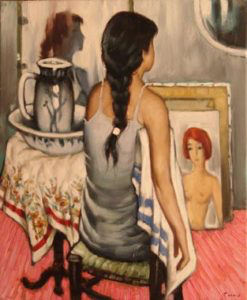BARCELONA, 1926-2002 Casaus
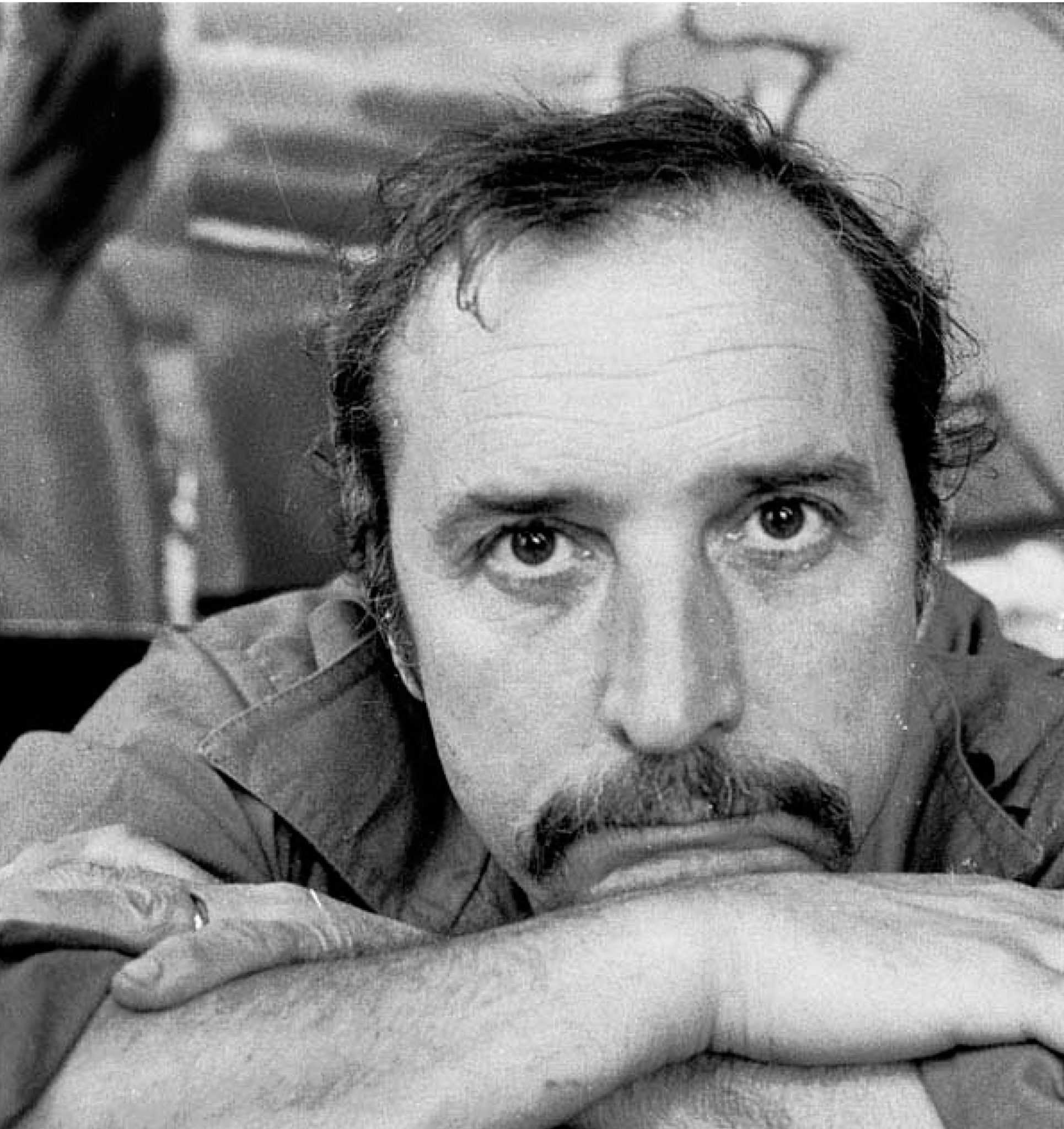
The figures of Jesus Casaus are always harmonious and have an external beauty that comes from the full control of the senses.
Casaus alternated the port scenes with the female nudes, as well as treated diversity of themes with originality and passionate sense.
BIOGRAPHY
He began his art studies at the Baixas Academy in Barcelona. Later he continued working in the studio of the painter Joan Serra. He studied drawing at the School of Fine Arts in Barcelona with the teacher Lluís Muntané. He made his first exhibition in 1953, at the Otto Schimdlin gallery in Zurich (Switzerland). After this exhibition he moved to Paris where he lived the artistic development of the fifties and was seduced by the “fauves” of the time. Then his Impressionist works had already been exhibited in various cities in Europe and South America, as well as in the United States. The themes of Casaus are fundamentally the marinas and the great ports of Europe. He also painted bullfight scenes, figures and landscapes. Nor can we forget that he was an important muralist.
Awarded with important prizes, we highlight the “Rude Gold” International Painting Prize of Venice (Italy) and the 1st Painting and Drawing Prize of the Real Artistic Circle of Barcelona. He was by antonomasia the painter of Cudillero, place that chose to live, paint and rest eternally and where in 1988 was honored with the Golden Amuravela. His work appears in museums and institutions as well as public spaces and private collections.
EXCELLENT REUNION WITH THE VITALITY OF JESUS CASAUS
by Josep M. Cadena
Past time sometimes comes back and it is good to do it in certain circumstances. Especially when it allows us to recapitulate and reflect on positive experiences that we considered past. For me it is what now happens with this exhibition, daughter of the filial interest and the sensibility of the gallerists, which recalls part of the work of Jesús Casaus (Barcelona, 1926 to 2002).
I remember Casaus for his exaltation of color. At the end of the eighties and mid-nineties I had seen several of his exhibitions in Barcelona and, in 2000, I participated with Francesc Galí, together with Joan Iriarte as a photographer (magnificent in his psychological approach to the characters) in a book titled simply Painters, which this Rusiñol Gallery edited in honor of twenty-two seven artists. He was one of those who figured with full merit, because par excellence was a painter. He showed it continuously with his works and also with the personal way he lived it. I remember some encounters with him – the last, casual, in Madrid, in the room where he was exhibiting and which I entered by chance – and always, although the last times he was not feeling well enough and the illness was corroding him, His eyes brightened with joy and with his hands he made the gesture of gently caressing the female figures he had painted and before whom we met.
The passion that Jesús Casaus felt for painting as a way of doing and living came from far away. As a young man, when the Spanish Civil War was over, he had gone to the Baixas Academy and later was a disciple of the great Joan Serra, another passionate, who transmitted much of what he thought and could explain. He also received lessons from maestro Lluís Muntané and in 1949 he held his first individual exhibition at the Syra galleries, on the Paseo de Gracia, almost on the corner of Aragón Street, which at that time were a guarantee of the will to recover creative aspirations within a Barcelona more So bored. And behind him came a series of samples that helped him to move forward in his expressive search. The strength of Marquet’s color and the Fauve experiences that he contemplated directly in a room in Paris, allowed him to find himself in an increasingly exalted chromatism and that opened the way for his work to be claimed from various parts of Europe and America, as well as to obtain several awards.
Casaus alternated the port scenes with the female nudes, as well as treated diversity of themes with originality and passionate sense for the participation of the forms in the whole of the life that he loved so much.
As the year 2000 I wrote about him in a book called Figuras, which was edited in Girona by the promoter Vicente Coromina – I remember it because the painter had already done a great part of his work and the time was propitious to recapitulate and establish a present that has fixed in the paintings – the figures of Jesus Casaus are always harmonious and have an external beauty that is born of full control of the senses.
The painter is always willing to enjoy the joy of the moment, but he also knows where he should stop to never lose his internal balance. His female figures represent him more than he believes, because they are usually women who have managed to give continuity to the beautiful years of youth through eurythmy. They are archetypes that the artist knows how to find among the women he sees and that serve him to express his permanent desire for spiritual youth.
At that moment, when I was writing the preceding paragraph, I had before me the color reproduction of a painting by Jesús Casaus in which a trio of florists with bouquets in their hands was represented, surrounded by a set of flowers. On the one hand, the flowers of the open-air stop of a citizen’s square in a European country -I do not know where it was, but it could be Holland because of the architecture of the houses at the back- reproduced a fugitive reality that had been captured, but on the other part deeply affected the human will (those three women determined to preserve the joy that for them and for all others gives the rhythmic conservation of beauty) to maintain through the forms the principles that justify the daily action. And the same thought is found in several paintings of the present exhibition.
Jesús Casaus was an extroverted person, always ready to laugh with everyone he encountered as a restless man and with a predisposition to go from one place to another to face new scenarios to paint. Thus, at least, it made him see and he fulfilled the eyes of others. But I think he was much more thoughtful than he seemed. He had the appearance of restless, but he knew how to deepen with his looks, both in his long sessions as a painter and in the moments of recreation. That is why his work had immediate plastic values and a sense of survival that is clear with this exhibition.


